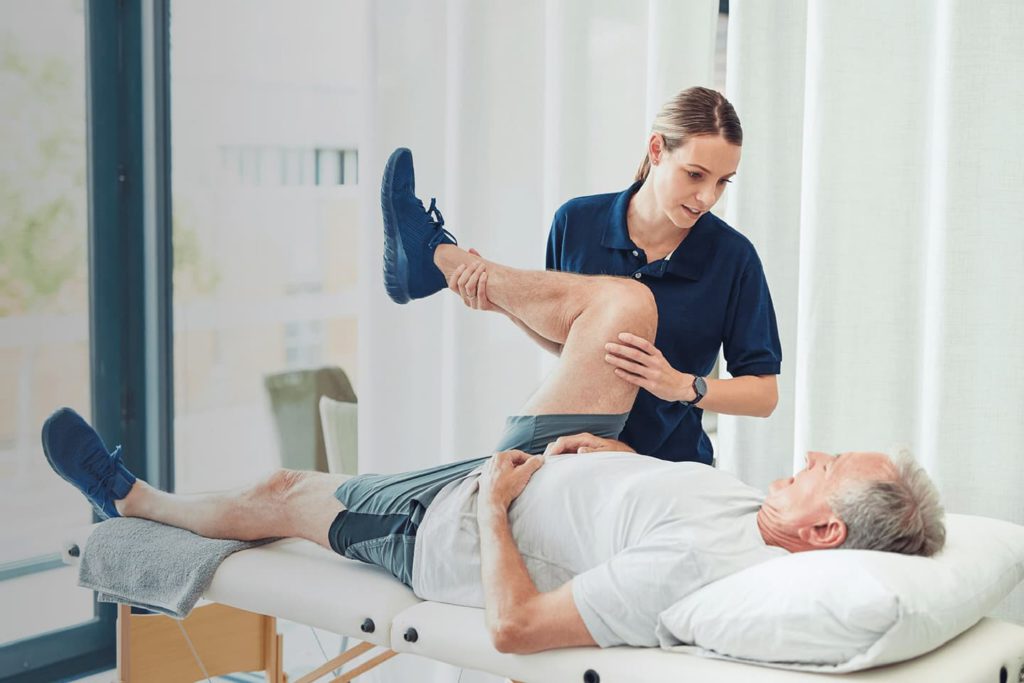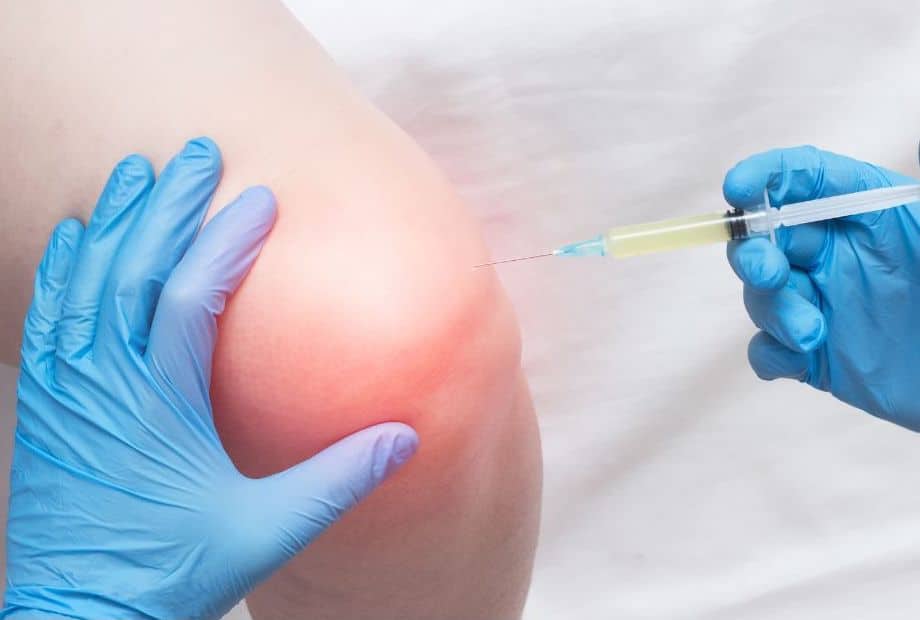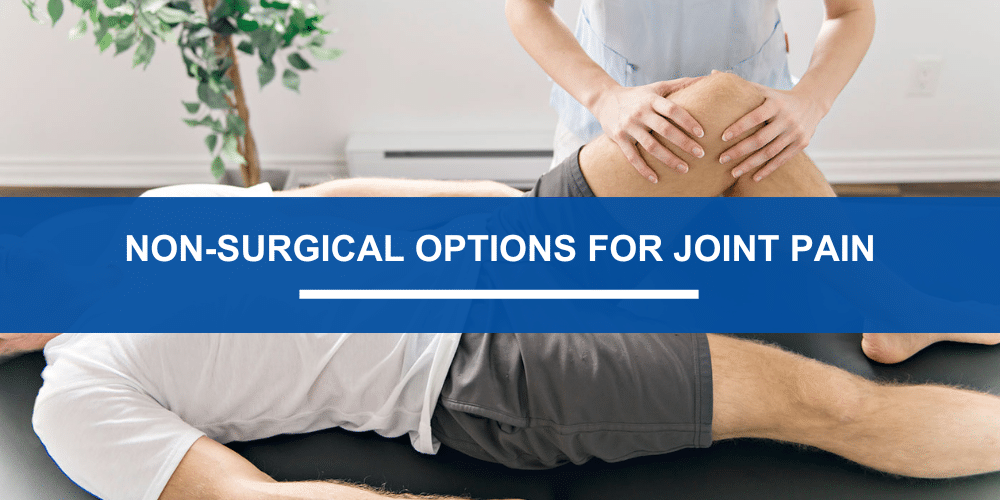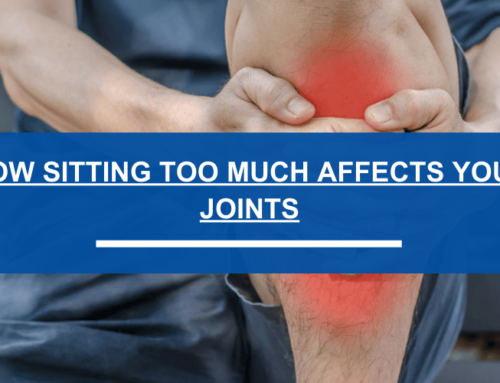Joint pain can significantly affect your daily routine, from walking and climbing stairs to enjoying sports or playing with your children. While surgery may be necessary in some cases, many individuals can find lasting relief and improved mobility through non-surgical treatment options for joint pain.
Understanding Joint Pain and Its Impact
Joint pain can result from a variety of causes including osteoarthritis, tendonitis, ligament sprains, or repetitive stress injuries. Whether the discomfort is mild or severe, chronic pain can reduce your range of motion, lead to muscle weakness, and impact your mental well-being.
Common Non-Surgical Treatments for Joint Pain
1. Physical Therapy

Targeted exercise programs are one of the most effective non-surgical approaches to managing joint pain. A licensed physical therapist can help strengthen surrounding muscles, improve flexibility, and restore balance — all of which help take pressure off painful joints.
2. Activity Modification

Sometimes, small lifestyle adjustments can make a big difference. Modifying high-impact activities, improving posture, or using assistive devices may reduce strain on affected joints and allow healing to begin.
3. Medications

Over-the-counter nonsteroidal anti-inflammatory drugs (NSAIDs) such as ibuprofen or naproxen can offer temporary relief from inflammation and discomfort. In some cases, your doctor might prescribe stronger medications or topical anti-inflammatories.
4. Corticosteroid Injections

For patients with significant inflammation, corticosteroid injections can provide powerful, targeted relief. These injections reduce swelling and pain directly in the joint and can be effective for several weeks to months.
5. Platelet-Rich Plasma (PRP) Therapy

Though not offered in all clinics, PRP therapy uses a concentrated dose of your own platelets to promote healing in injured or arthritic joints. It is minimally invasive and often recommended for conditions like tendonitis or early-stage osteoarthritis.
Personalized Care Is the Key
The best non-surgical treatment plan is one that is customized to your condition, activity level, and goals. A thorough evaluation may include physical exams, imaging studies such as X-rays or MRIs, and a detailed review of your symptoms. This helps your provider develop a plan that fits your needs, whether it’s returning to competitive sports or simply walking pain-free.
Schedule a Consultation Today
If you’re dealing with persistent joint pain and looking for relief, don’t wait for it to get worse. Our orthopedic specialist can help you explore non-surgical solutions designed to restore movement and comfort. Schedule your consultation today and take the first step toward an active, pain-free life.
FAQs
1. What is the best non-surgical treatment for joint pain?
It depends on your condition, but physical therapy, anti-inflammatory medications, and targeted injections are often effective in reducing joint pain without surgery.
2. When should I see a doctor for joint pain?
If your joint pain lasts more than a few weeks, affects your mobility, or worsens with time, it’s important to consult an orthopedic provider.
3. Can joint pain improve without surgery?
Yes, many people experience relief through non-surgical methods like physical therapy, medication, or corticosteroid injections — especially in early or moderate stages.
4. Are non-surgical options safe?
Yes. Most non-surgical treatments carry low risk and are designed to manage pain conservatively before considering surgical alternatives.







